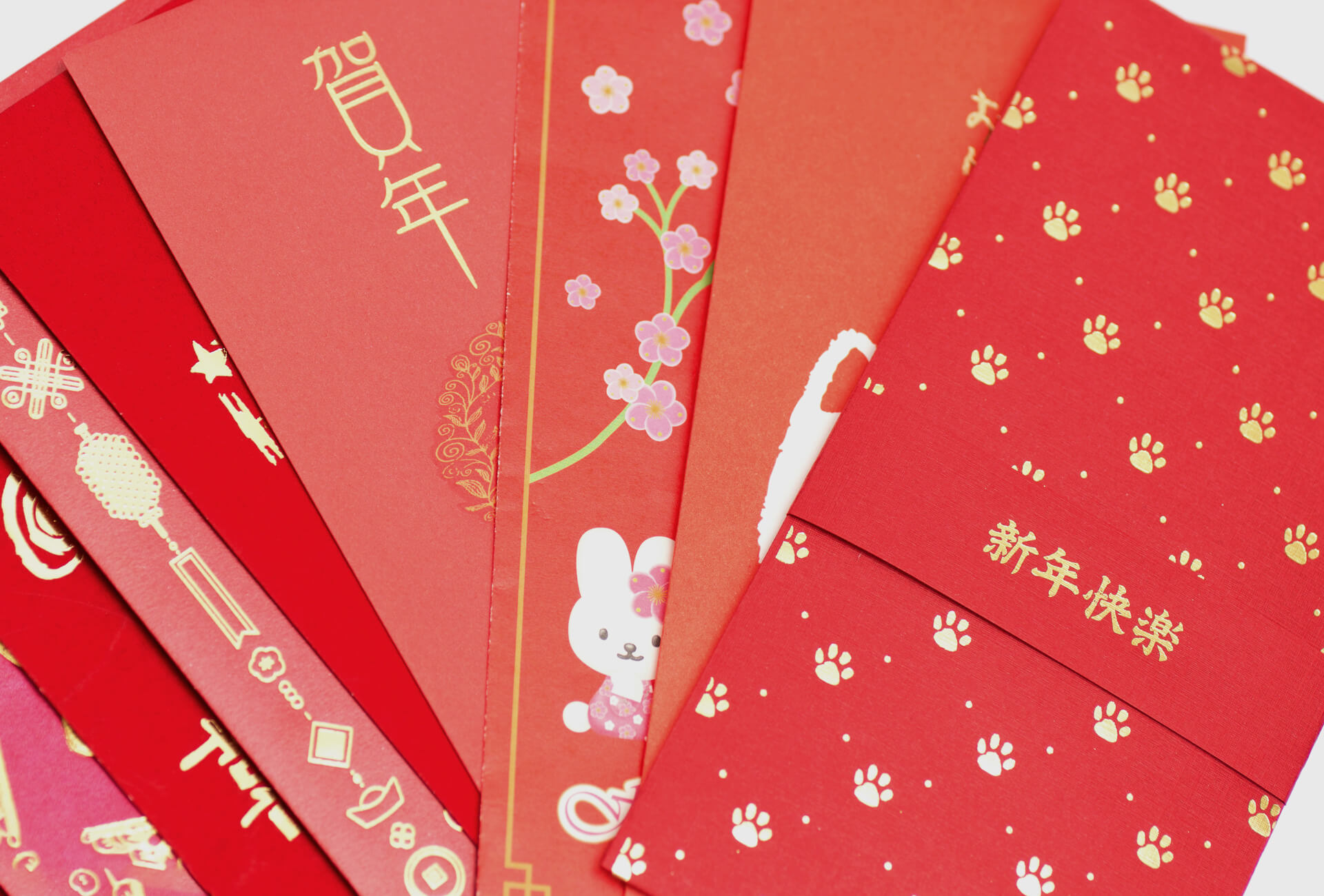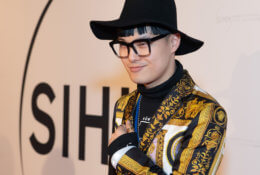2018 ended on a high note for Swiss watch exports, with reported growth in Asian markets such as Hong Kong (+19.1%), China (+11.7%) and South Korea (+25.7%). Set to rule the luxury spend in 2025, according to a Bain & Co study, all eyes are on Asia. For brands, this means capitalizing on cultural festivities and their traditions, such as the Lunar New Year. We look at how luxury and watch brands tapped into the tradition of giving red envelopes to celebrate the Year of the Pig on social networks, and whether it brought them good fortune.
“China can make or break a brand,” said Chinese blogger Peter Xu during last month’s Salon International de la Haute Horlogerie. “[Brands must] target language to the audience they want to reach, as well as familiarize themselves with and respect the local culture.” Beyond adapting themselves to the Asian consumer, brands also need to stay relevant in their eyes, particularly as Asia is on its way to becoming the dominant culture and the biggest market for Fine Watchmaking. So, what have luxury brands been doing to attract Asian consumers this Lunar New Year?
Subverting an age-old tradition
Since the Qin Dynasty, Asian cultures have been celebrating the Lunar New Year by exchanging red envelopes or hongbao: a monetary gift that is seen as a token of good luck. For the past few years, brands have been putting their own luxury spin on these red envelopes. Cartier, for one, this year played on the traditional art of paper cutting with a jewel-encrusted Panthère, the brand’s symbol, sculpted in relief. Piaget tapped into the symbolic windmill that turns misfortune into good luck. IWC’s envelope featured bamboo, Van Cleef & Arpels’ showed lanterns, Chopard’s had flowers and birds while Zenith looked to the stars.
Rather than post photos of the envelopes to their official Instagram, these brands opted for a more exclusive strategy and instead sent them out to their clients and influencers in the hope that they would shoot their package and share it on their own account.
Above: Taiwanese singer and actress Vivian Hsu posted a photo of her luxury red envelopes.
These branded hongbaos have become so sought-after that a resale market has started to emerge online, on websites such as Carousel, where they sell for anything from €4 to more than €50. Hermes, Bulgari and Cartier are among the brands on offer this year.
Next step, a digital hongbao
As the tradition of giving money in red envelopes slowly recedes in favour of digital payments, brands may have to consider swapping their real-life envelopes for digital. In 2014, WeChat launched the “Lucky Money” app. This year, tens of millions of people sent red envelopes filled with digital cash, the majority of whom were born in the 1990s, according to WeChat data.
Red envelopes are only a small part of Asian culture and, while a nice gesture, luxury brands need to do more to be relevant to this growing community, such as opening up online retailing, creating a WeChat and Weibo presence, partnering with the right ambassadors and, most importantly, creating IRL experiences.
Cartier and Vacheron Constantin have both used their WeChat stores to propose exclusive experiences, from hand deliveries to having a chauffeur-driven car take customers to their nearest boutique. In 2018, Bulgari used the opening of the second Bulgari Hotel in Shanghai to present the Octo Grande Sonnerie Perpetual Calendar. As CEO Jean-Christophe Babin explained to Luxury Society, “We’ve built an omnichannel journey with multiple touchpoints for our Chinese clients. This consists of a mix of digital experiences as well as traditional retail.” When it comes to selling to Asian customers, luxury brands aren’t afraid to push the envelope.












